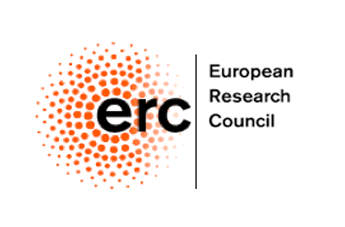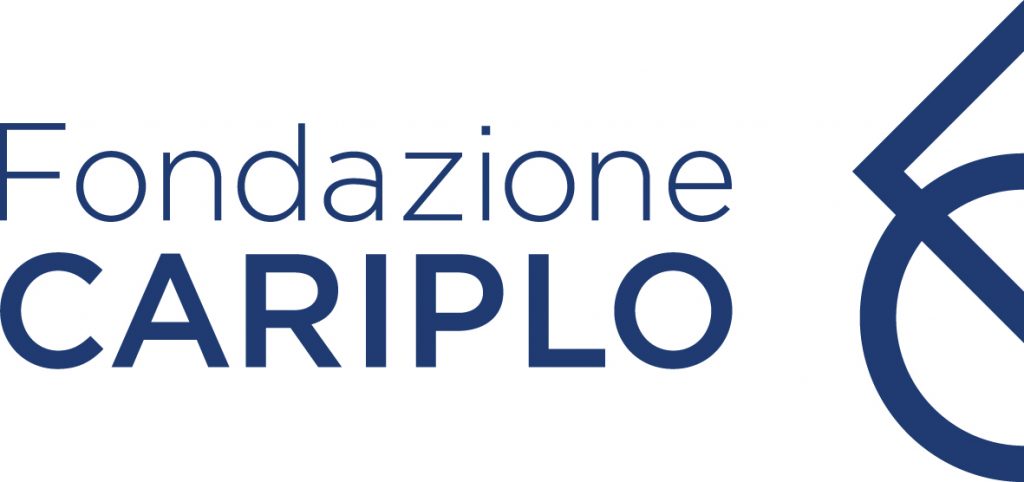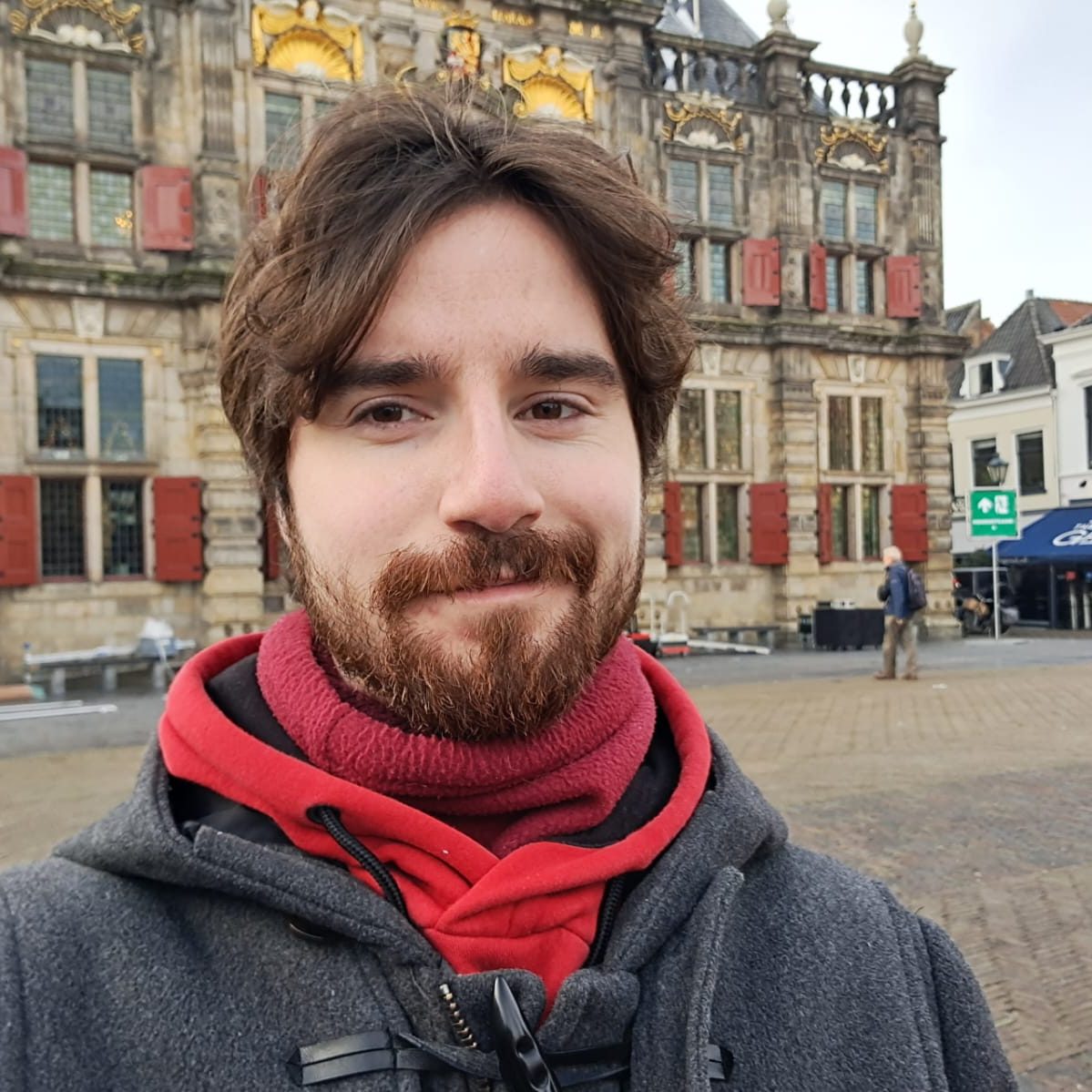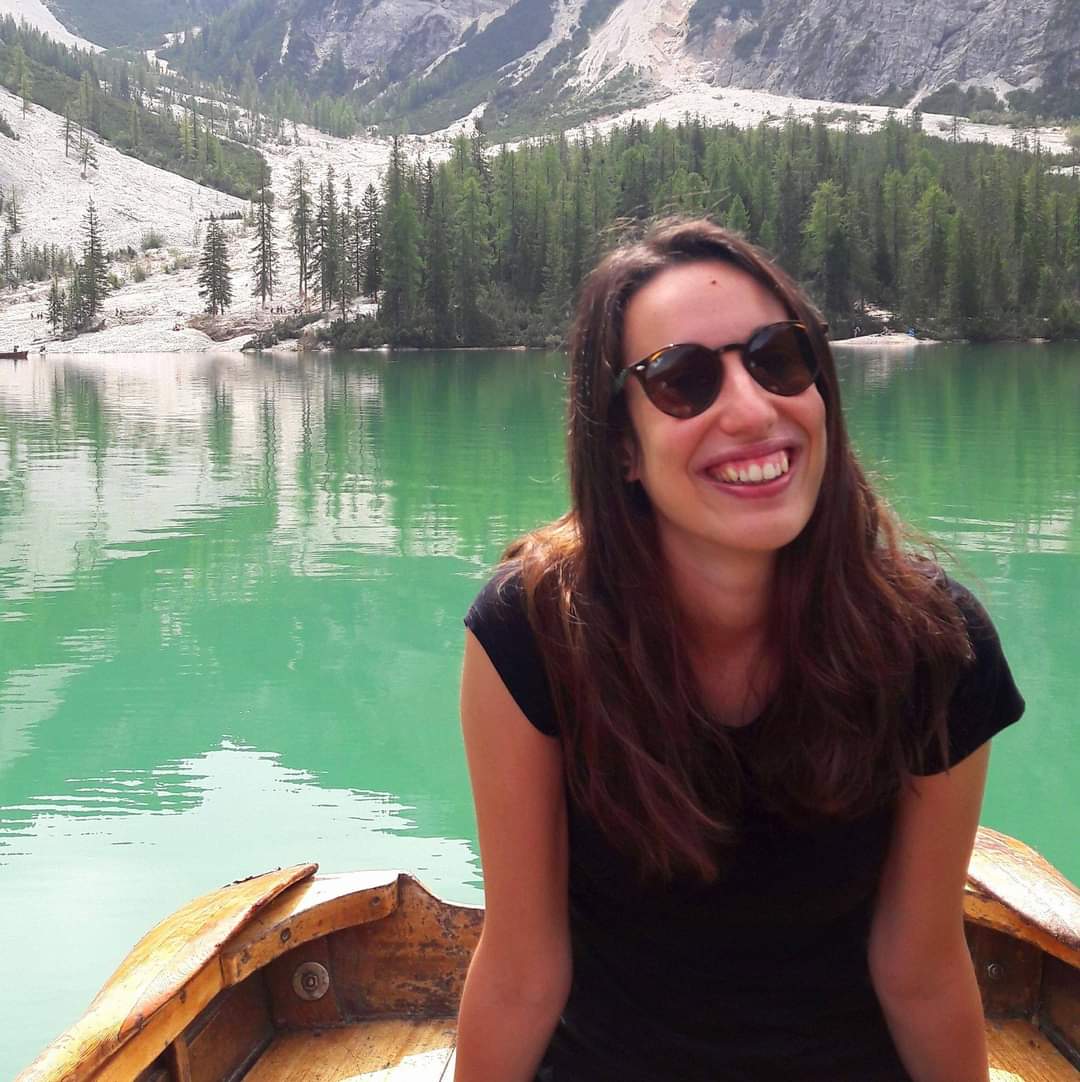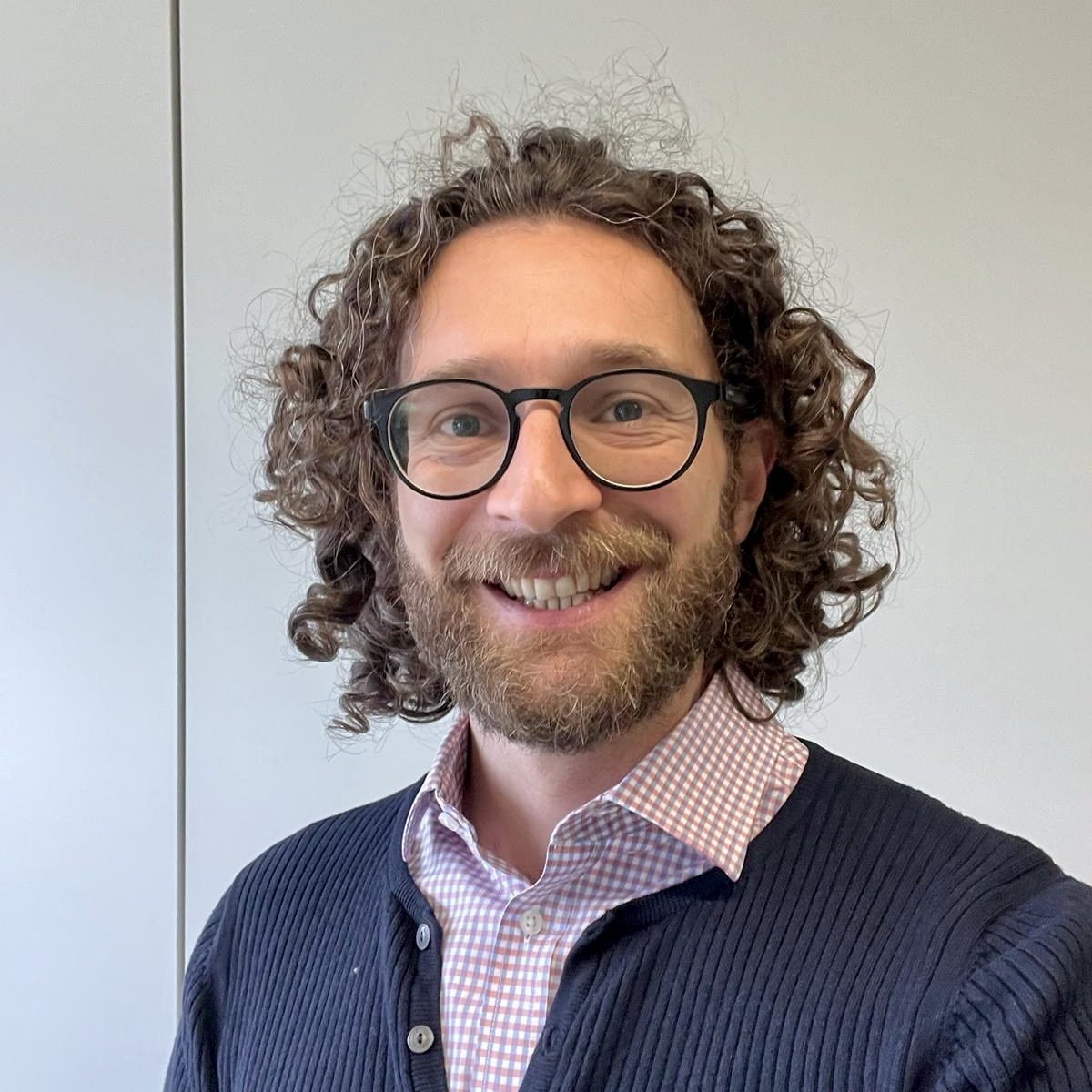A phage-inspired therapy against infections

Antimicrobial resistance (AMR) has emerged as a global public health crisis, posing a significant threat to the effective prevention and control of the growing number of infectious diseases. The rise of pan drug-resistant bacteria has rendered many existing antibiotics ineffective. At the same time, the development of new antibiotics has slowed considerably, prompting scientists and pharmacists to explore alternative approaches to combat resistant pathogens. One such promising alternative is bacteriophage-derived endolysins, enzymes that target and degrade the bacterial cell wall by hydrolyzing the peptidoglycan layer, both from within and outside the pathogen. Endolysins offer several advantages, including high specificity, rapid action, efficiency, and a low risk of resistance development, making them a leading candidate for treating multidrug-resistant (MDR) bacteria. This project represents a crucial step toward establishing endolysinB (LysB) as a novel and innovative therapeutic approach for combating M. tuberculosis infections. The ability of LysB to specifically target and degrade the complex mycobacterial cell wall—composed of mycolic acids and peptidoglycan—addresses a significant barrier in the treatment of tuberculosis. This targeted action could enhance the effectiveness of current treatments or, in some cases, even replace traditional antibiotics, particularly as antibiotic resistance continues to rise. With the growing prevalence of multi-drug-resistant (MDR) and extensively drug-resistant (XDR) strains of M. tuberculosis, the need for alternative treatment strategies is more urgent than ever.
This research lays the foundation for future studies exploring the use of bacteriophage-derived enzymes, such as LysB, not only as a standalone therapy but also as part of a combination treatment strategy. By leveraging the power of bacteriophage biology, we open up new possibilities for treating TB, particularly in regions where drug-resistant strains are prevalent. .
The team working on the project
The sponsors of the project
